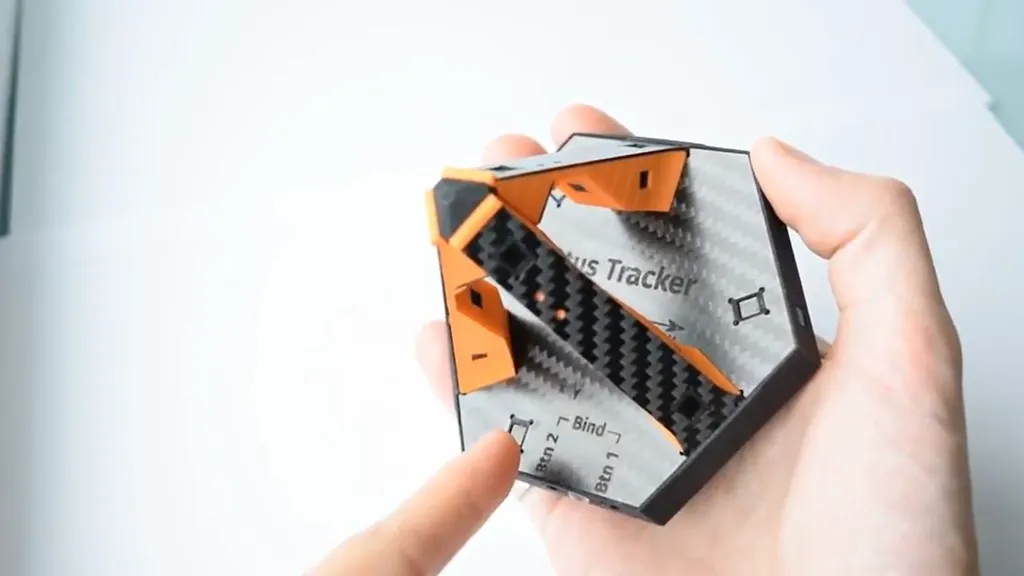Valve’s SteamVR motion tracking tech is getting a big upgrade in just a few months and developers are still finding new uses for it beyond VR. Take the Otus Tracker, the new device from RCBenchMark in Canada. It allows a user to track a drone’s position indoors with sub-millimeter accuracy.
The Otus Tracker works like this: The user sets up two base stations in the space they want to use the drone, just like they would inside the room they use for VR. The ultra-lightweight Tracker is then attached to the drone, allowing it to track its position relative to the base stations. Developers can write their own code to control their robots, and the Otus tracker comes with plug-ins for C++., C, C#, Python, Labview, Matlab and ROSS.
The fidelity of the motion capture is impressive, even if there there are a limited number of use cases for drones in such an enclosed space. However, the Otus Tracker aims to be an important step forward for researchers using unmanned aerial vehicles (UAVs).
According to lead developer Charles Blouin: “For UAV designers, the accurate measurement of position and orientation is critical to the development of control algorithms, to improving vision and sensor fusion code, to controlling a drone precisely indoors, to studying robot cooperation (swarm robotics), and much more. Until now, the only solution has been to use camera-based motion trackers, which cost tens of thousands of dollars, to obtain the same tracking area provided by the Otus Tracker.”

























